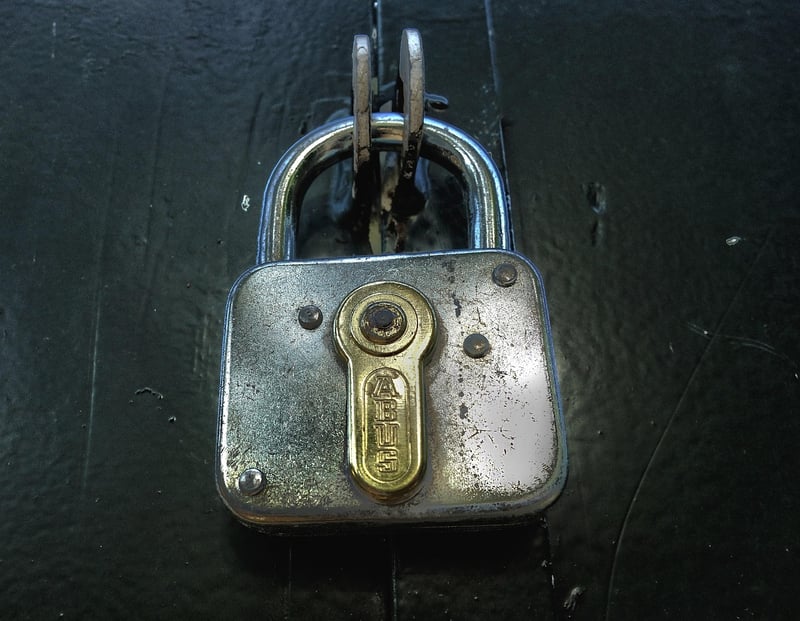Causality Safeguards
A Guide to Avoiding Time Disruptions and Causality Safeguards
Introduction
Time disruptions and causality safeguards are essential concepts to consider when dealing with complex systems and processes. In this guide, we will explore how to avoid time disruptions and implement causality safeguards effectively.
Understanding Time Disruptions
Time disruptions occur when there is a discrepancy between the expected time frame of an event and its actual occurrence. These disruptions can lead to inefficiencies, errors, and even failures in a system.
Causes of Time Disruptions:
- Poor planning and scheduling
- Unforeseen events or emergencies
- Inaccurate estimation of time requirements
- Technical issues or breakdowns
How to Avoid Time Disruptions:
- Develop a detailed project plan with realistic timelines
- Regularly monitor progress and adjust schedules as needed
- Identify potential risks and have contingency plans in place
- Communicate effectively with all stakeholders to manage expectations
Implementing Causality Safeguards
Causality safeguards are measures put in place to prevent or mitigate the impact of unexpected events or actions that could disrupt the normal flow of cause and effect within a system.
Key Strategies for Causality Safeguards:
- Establish clear protocols and procedures for decision-making
- Implement checks and balances to ensure accountability
- Regularly review and update processes to adapt to changing circumstances
- Encourage a culture of transparency and open communication
Conclusion
By understanding the importance of avoiding time disruptions and implementing causality safeguards, organizations can enhance their efficiency, productivity, and overall performance. It is crucial to proactively address these issues to maintain a smooth and effective operation.


